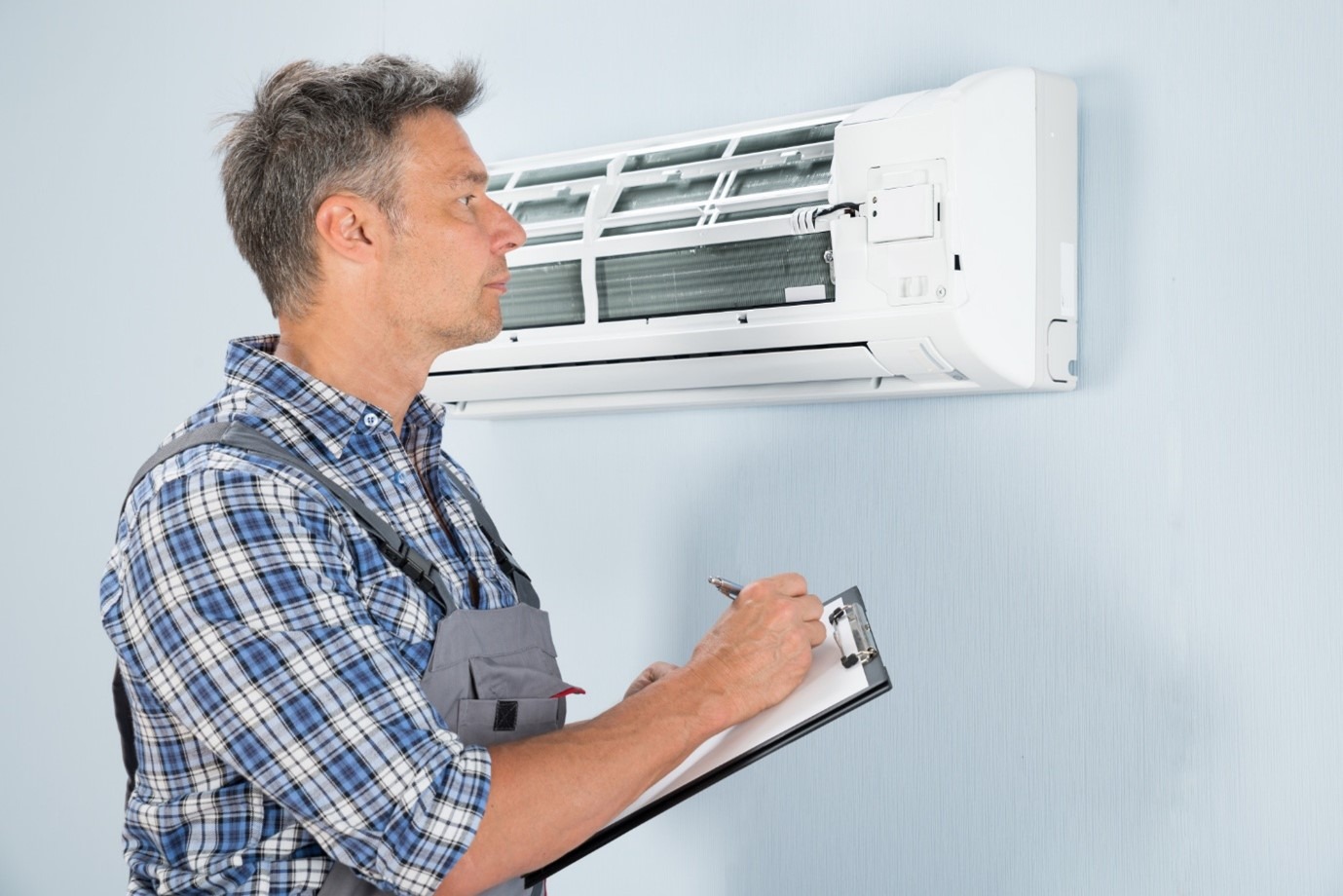Are you worried about possible mistakes during HVAC installation? Depending on the complexity of your residential HVAC system and setup, an HVAC installation can be complicated.
You also need to leave trust with your vendor and staff. While you can always address an HVAC error after the fact, doing so adds stress to the already potentially stressful process.
Here are some common errors in residential HVAC installations and how you can avoid them.
1. Incorrect Sizing
Incorrect sizing of an HVAC system during residential installation can be damaging and costly for the homeowner. An improperly sized HVAC system will result in a range of issues. One is poor indoor air quality due to the system being unable to adequately move air.
It can also increase utility bills due to the system working harder than it is designed. To ensure the size of the HVAC system is appropriate for the residence, conduct a proper load calculation and size the system properly. Doing so will ensure optimal comfort, air quality, and utility costs.
2. Electrical Connection Issues
You may have installed an AC before, and you feel confident about HVAC Installation. However, HVAC vs AC have different wiring system requirements. It is essential to ensure that all electrical wiring is properly connected.
It should also be in compliance with local building codes and safety regulations. All connections should be clean and tight, and all outlets and switches should be properly grounded.
3. Venting Troubles
Inadequate venting problems can cause an array of issues, both short and long-term. Poor venting can lead to issues like:
- air leakage
- inefficient system
- higher energy costs
- HVAC air quality issues
To ensure the best possible installation, installers must pay special attention to the proper sealing of the joints between the ducts and the components in the system. Be sure to never reuse existing venting material, as it is likely that they are already cracked and worn.
When searching for HVAC reviews in the Miami Valley, it’s important to consider feedback from customers who have had firsthand experience with local HVAC companies. By reading reviews and testimonials, you can gain valuable insights into the quality of service, professionalism, and reliability of HVAC companies in the Miami Valley, helping you make an informed decision when selecting a provider for your heating and cooling needs.
4. Sealing Problems
Sealing mistakes can occur due to a lack of knowledge or experience on the part of the installer. If not done properly, air can leak through and weaken the efficiency of the system, leading to higher energy costs for the homeowner. Additionally, when improper or incomplete sealing takes place, it can cause humidity problems, mold issues, and other pests in the home.
To avoid these issues, seal all seams with UL standard sealants, as well as using proper fasteners and gaskets. Access doors should always be sealed to ensure that there are no leaks.
5. Refrigerant Overcharge
During the HVAC installation process, if more refrigerant is added to the system than is required, it can cause a number of issues. An overcharged HVAC refrigerant will generally result in problems like:
- drop in cooling efficiency
- inability to dehumidify
- decreased HVAC reliability
It’s important to double-check the air conditioner’s refrigerant charge at the completion of the HVAC installation to avoid any issues that could arise from an overcharged or undercharged system.
Get Familiar With These Errors in Residential HVAC Installations
Focusing on the proper size, following industry standards, installing equipment correctly, and ensuring proper airflow is very important to ensure a safe and reliable HVAC installation. Be sure to research HVAC systems and always work with professionals to make sure the job is done right. Contact an HVAC expert today and avoid these errors in residential HVAC installations.
If you want to read more from us, be sure to check out the rest of our blog.

